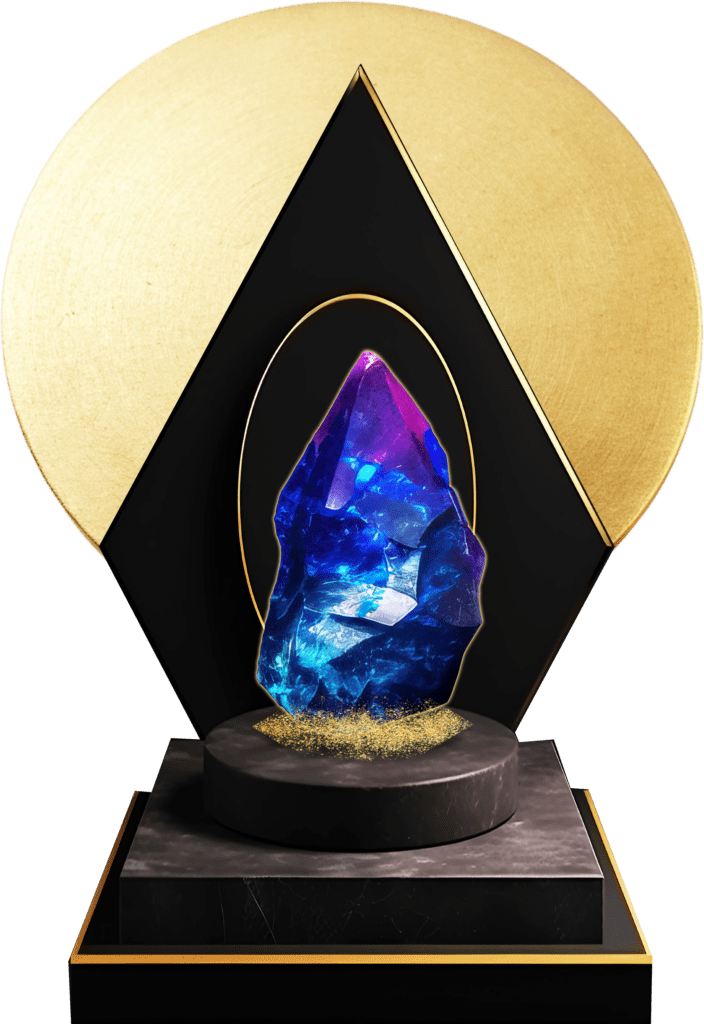צרו איתנו קשר!
מסע בזמן אל תעלומת היקום
Journey Through Time to the Mystery of the Universe
About The Course
על הקורס
אסטרונומיה וחקר החלל
בקורס נעבור מסע בן 2500 שנה אל תוך התהיות והתגליות שהובילו להבנתנו המודרנית של היקום.
נבחן באופן מעמיק כיצד בני האדם הקדמונים תפסו את העולם סביבם ואת מקומם ביקום הגדול והמסתורי. נלמד על מודלים ואמונות שונות מתרבויות קדומות במסופוטמיה, מצרים, יוון העתיקה ועוד. כמו-כן נברר מהם מקורותיה הפילוסופיים של הגישה הגיאוצנטרית אשר שלטה במשך יותר מאלפיים שנה, תוך כדי התבוננות מעמיקה במודלים הספציפיים של אריסטו (Aristo), תלמי, ואחרים.
לאחר מכן נחקור באופן מקיף ומעמיק את תהליך החשיבה והמחקר שהוביל את ניקולאוס קופרניקוס (Nicolaus Copernicus) למסקנה המרעישה שכדור הארץ ושאר כוכבי הלכת מקיפים את השמש במסלולים מעגליים. נבחן מדוע רעיון זה נתפס בתקופתו כמהפכני ואף כמגונה וכפרני, ומהן ההשלכות העצומות שלו על הבנתנו את מקומנו ביקום.
בהמשך נתוודע לשורה ארוכה של מדענים ואסטרונומים שתרמו רבות להתגבשות המודל ההליוצנטרי, ביניהם טיכו ברהה (Tycho Brahe), גלילאו גליליי (Galileo Galilei), יוהנס קפלר (Johannes Kepler) ועוד. נלמד על מכשירים ושיטות תצפית שפיתחו, על חוקים ותיאוריות שניסחו, ועל גילוי כוכבי לכת נוספים במערכת השמש, כדוגמת שבתאי, אורנוס ונפטון. ואפילו נפגוש שניים מחכמי ישראל בדרך – המהר"ל מפראג ורבי דוד גנז.
בהמשך נרחיב אל מעבר לגבולות מערכת השמש, נדון בהרחבה בהשערת העולמות המרובים של ג'ורדנו ברונו (Giordano Bruno) ובאתגרים שהציבה בפני ההבנה האנושית. כמו כן נתוודע לגילויים נוספים כגון גילוי הירחים של צדק והבנה שביקום מצויים מיליוני גלקסיות וכוכבים אחרים.
ולבסוף, החל מתורת הכבידה של אייזק ניוטון (Isaac Newton) וכלה בתורת היחסות של איינשטיין ובתיאוריית המפץ הגדול, נעקוב אחרי התפתחות ההבנה האנושית את מבנה היקום וטבעו של הזמן והמרחב.
נבחן באופן מעמיק את התהליך ההגותי והמתמטי שהוביל את אייזק ניוטון לניסוח חוק הכבידה האוניברסלי, תוך שנבין כיצד תגלית זו אפשרה הסבר מלא לתנועתם של כוכבי הלכת ושאר גרמי השמיים במערכת השמש.
לאחר מכן נפנה את תשומת הלב לתורת היחסות הפרטית והכללית של אלברט איינשטיין (Albert Einstein), שהפכה לחלוטין את הבנתנו את מושגי הזמן והמרחב ואת הקשר ביניהם. נברר מהי מהירות האור ומדוע היא קבועה אוניברסלית, נכיר מושגים כגון יחסיות התנועה והזמן המואט. בנוסף נלמד כיצד תורת היחסות משפיעה על תנועת הכוכבים ועל תופעות קרינה ואנרגיה.
לסיכום, נדון בתיאוריית המפץ הגדול להסבר יצירתו של היקום, כיצד זו התפתחה ומהן ההוכחות התומכות בה כיום. נסיים במבט אל העתיד והאתגרים הבאים בתחום חקר החלל והאסטרונומיה.
* הקורס יותאם לרמת כל שכבת גיל.
Astronomy and Space Exploration
This course offers a 2,500-year journey through the inquiries and discoveries that have led to our modern understanding of the universe. We will critically examine how ancient humans perceived the world around them and their place in the vast, mysterious cosmos. The course will explore various models and beliefs from ancient cultures in Mesopotamia, Egypt, Ancient Greece, and beyond. We will also investigate the philosophical origins of the geocentric approach that dominated for over two millennia, with an in-depth look at specific models proposed by Aristotle, Ptolemy, and others.
We will then comprehensively explore the thought process and research that led Nicolaus Copernicus to the groundbreaking conclusion that Earth and other planets orbit the Sun in circular paths. The course will examine why this idea was considered revolutionary and even heretical in its time, and its profound implications for our understanding of our place in the universe.
The curriculum will introduce a series of scientists and astronomers who significantly contributed to the consolidation of the heliocentric model, including Tycho Brahe, Galileo Galilei, and Johannes Kepler. We will study the observational instruments and methods they developed, the laws and theories they formulated, and the discovery of additional planets in the solar system, such as Saturn, Uranus, and Neptune. We will also encounter two Jewish scholars along the way – the Maharal of Prague and Rabbi David Gans.
The course will then expand beyond the boundaries of the solar system, discussing in detail Giordano Bruno's multiple worlds hypothesis and the challenges it posed to human understanding. We will also explore additional discoveries such as Jupiter's moons and the realization that the universe contains millions of galaxies and other stars.
Finally, from Isaac Newton's theory of gravity to Einstein's theory of relativity and the Big Bang theory, we will trace the development of human understanding of the structure of the universe and the nature of time and space. We will examine in depth the philosophical and mathematical process that led Isaac Newton to formulate the universal law of gravity, understanding how this discovery allowed for a complete explanation of the motion of planets and other celestial bodies in the solar system.
We will then turn our attention to Albert Einstein's special and general theories of relativity, which completely transformed our understanding of the concepts of time and space and the relationship between them. We will explore the speed of light and why it is a universal constant, introduce concepts such as the relativity of motion and time dilation. Additionally, we will learn how the theory of relativity affects stellar motion and phenomena of radiation and energy.
In conclusion, we will discuss the Big Bang theory for explaining the creation of the universe, how it developed, and the evidence supporting it today. We will end with a look to the future and the next challenges in the field of space exploration and astronomy.
* The course material will be tailored to the age of the learners.






